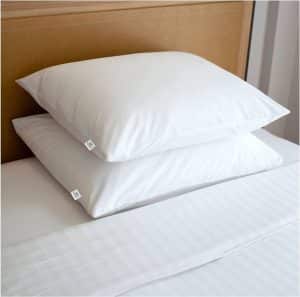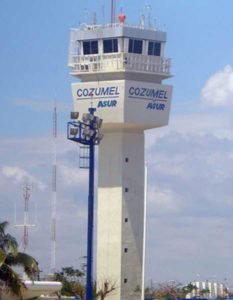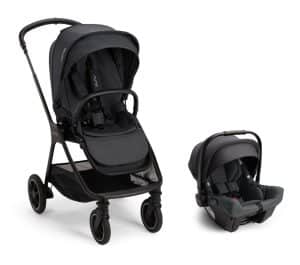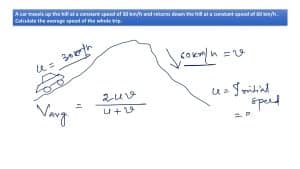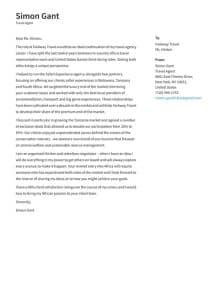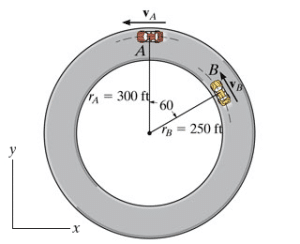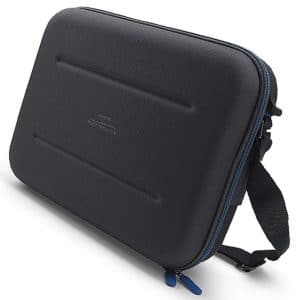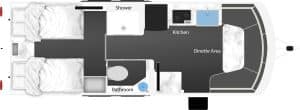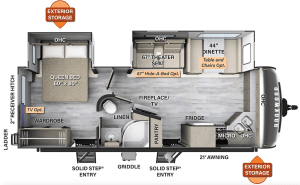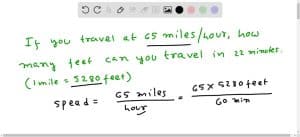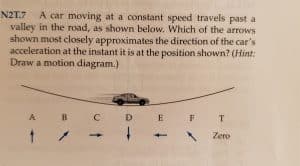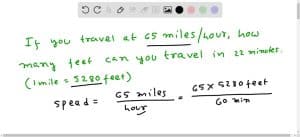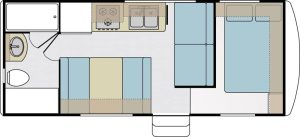Welcome to Hosteliest! In our latest blog post, we’re taking a fascinating leap from hotels and travel into the realm of space exploration. Strap in as we discuss the topic: “A Space Traveler Weighs 540 N on Earth”. Let’s launch into this cosmic journey together!
Table of Contents
ToggleFootprints in Space: Understanding Why a Space Traveler Weighs 540 N on Earth
Have you ever wondered why the weight of a space traveler changes when they move from earth to space or vice versa? In this article, we will unravel the puzzle of why a space traveler weighs 540 N on earth and how much they would weigh in the cosmic void. Let’s take a captivating journey into the world of gravity and mass, shall we?
Gravity- A Key Player in Our Weighty Affair
The force that keeps us grounded and determines our weight is gravity. It’s the same force that defines why a space traveler weighs 540 N on earth. But what happens in space? Does gravity exist there, and if it does, how does it affect the weight of astronauts?
Weight Vs. Mass: The Big Difference
To understand the concept of weight in space, we first need to understand that weight and mass are not synonymous. Mass is a measure of the amount of matter something contains and remains the same regardless of location. On the other hand, weight is the force exerted by gravity on an object and hence varies with location.
How Much Does A Space Traveler Weigh in Space?
Now comes the intriguing question. If a space traveler weighs 540 N on earth, how much would they weigh in space? Well, in the vast expanse of space, away from the gravitational pull of any celestial bodies, an astronaut is virtually weightless! This dramatic change in weight caused by the absence of a significant gravitational pull leads to the surreal experiences of floating and free-falling most astronauts describe during their space travels.
Calculating the Weight of Space Travelers on Earth
For a space traveler who weighs 540 N on earth, we use the formula Weight = Mass * Gravity. The gravitational force on earth is approximately 9.8 m/s². So, to find the mass, we divide the weight by the gravity. For our space traveler, their mass on earth (and in space) would be around 55 kg.
Calculating the Weight of Space Travelers in Space
In space, there’s microgravity, which is quite feeble compared to earth’s gravity. Hence, the same person who weighed 540 N on earth would weigh much less in space – almost zero!
Becoming Heavier or Lighter at Will: Not A Fantasy Anymore!
If you’ve ever wished you could shed those extra kilograms, making a trip to space might be just what you need! However, before you start packing your bags, remember that the changes in weight won’t affect your actual mass. You’ll still have the same amount of matter; it’s just that your physical weight will decrease due to the negligible gravitational pull in space.
Understanding the Impact on Space Travelers
Weightlessness in space can lead to several changes in space travelers which can be a surprise for those used to the constant pull of gravity. Effects include loss of muscle mass, bone density reduction, and a shift in bodily fluids.
Wrapping It Up
In conclusion, knowing why a space traveler weighs 540 N on earth, but much less in space, opens up new perspectives on the wonders of our universe and the exciting challenges of space exploration. Indeed, this insight paints a vivid picture of how remarkable our universe is and enhances our curiosity to explore these limitless boundaries ever more!
Exploring Space Hotels: How a 540N Weight on Earth Translates to Cosmic Travel
The idea of space hotels is transforming from a realm of science fiction into a tangible reality. The realization of this innovative concept poses unique challenges, most notably physical adjustments resulting from drastically different gravitational forces experienced beyond the Earth’s atmosphere. One notable concern is the translation of weight, for instance, a 540N force on Earth and how it will be perceived in space.
The concept of weight in space differs significantly from our familiar understanding here on earth as a result of the absence of gravity. On Earth, the force of gravity gives objects weight. So, when we speak of a 540N force on Earth, we’re referring to an object’s weight, or the force exerted by the object’s mass due to gravity.
However, outer space is often described as a zero-gravity environment, more accurately termed as microgravity. In such conditions, you would weigh considerably less than on Earth.
When it comes to cosmic travel, this decrease in perceived weight would significantly affect all aspects of a traveler’s experience in space hotels. Movements would feel different; even simple tasks like walking or eating would require adjustment.
For example, a hotel guest with a 540N weight on Earth (equivalent to approximately 55 kg) would virtually weigh nothing in a space hotel. Such conditions could make activities such as sleep, exercise, and personal hygiene very different experiences than what we are accustomed on Earth.
Also, these microgravity conditions would significantly influence the design of space hotels. Architects and engineers must innovate new designs that accommodate both the comfort and safety of guests in an essentially weightless environment. This includes securing furniture and other objects that would otherwise float freely, and implementing special sleeping arrangements and bathrooms suited for microgravity conditions.
In conclusion, understanding the weight translation from Earth to space is critical ground work for cosmic travel and life in space hotels. It’s a significant factor that will guide the design and functionality of these space hotels, ensuring that guests can adapt to a new environment and still enjoy their stay.
Understanding Weight Differences in Space Travel
Weight differences while space traveling are significant due to the changes in gravity. On Earth, the force of gravity is responsible for our weight. A space traveler weighing 540N on Earth would weigh less in space because there’s less gravitational pull. In other words, your weight in space isn’t necessarily the same as your weight on Earth. This concept can be quite a challenge for new astronauts to get used to as it affects their physical movement and coordination.
The Impact of Weightlessness on Hotel Amenities
Weightlessness or microgravity in space causes unique challenges for hotel amenities too. The traditional concepts of luxury, such as high-thread-count linens or gourmet dining experiences, could mean nothing when they are floating around you. Instead, hotels must offer amenities that function well under these unique conditions, like magnetic sleeping bags or velcro-mounted dinnerware. Engineers and designers creating space hotels are continuously working to adapt and enhance facilities to the special needs of a weightless environment.
Adjusting to New ‘Weight’ Concepts for Travellers
Adjusting to the new ‘weight’ concepts as a traveler in space can potentially be challenging, yet thrilling. Imagine savoring your food floating in front of you, or running on a treadmill strapped down by belts! While the real experience can initially be disorienting, training programs are designed to help travelers understand these new concepts before their trip. Through a series of simulations and physical training, travelers can gain a good understanding of how to handle reduced weight in a space environment. Training also includes coping strategies for mental and physical changes one may experience due to the reduced gravitational pull.
Frequently Asked Questions (FAQ)
What are some unique hotel accommodations available for a traveler who is accustomed to the gravity on earth, equivalent to 540 N?
For a traveler accustomed to the Earth’s gravity equivalent to 540 N, find unique and comfortable accommodations can be a delightful challenge.
A number of hotels around the world have set themselves apart with their distinct features and attractions that, while not directly addressing gravitational differences, guarantee supreme comfort and novel experiences that will make the journey worthwhile.
1. The Galactic Suite Space Resort might interest you in Barcelona, Spain. Currently one of the few companies aiming to take hospitality out of this world, the resort promises a three-day stay in low Earth orbit, which would give travelers a chance to experience zero gravity.
2. InterContinental Shanghai Wonderland, China: Built into the side of a decommissioned quarry, 16 of its 18 floors are beneath the surface. Staying here offers a unique view of the natural environment that could make adapting to different gravitational pull more agreeable.
3. Icehotel in Jukkasjärvi, Sweden: The hotel is rebuilt every winter using ice from the nearby Torne River. It is a unique place that will definitely help you forget about gravity as you marvel at the delicate icy sculptures.
4. Treehotel in Harads, Sweden: Offers accommodations perched in trees, making it a great choice for those interested in experiencing a completely different center of gravity.
5. Floating Seahorse Villas in Dubai, UAE: Here, you can sleep underwater while witnessing the majestic marine life of Dubai, an entirely new way of feeling gravity.
6. Attrap Reves in France: This unique hotel has bubble rooms placed in scenic French settings allowing a 360-degree view of the surrounding nature.
In these amazing locations, the difference in gravity won’t be noticeable because the unique amenities and attractions will keep you fully captivated. Of course, the actual gravity in these locations is not significantly different from what we are used to on Earth, but they do offer an extraordinary travel experience that breaks away from the ordinary.
As a space traveler weighing 540 N on Earth, what should I consider when choosing travel accommodations in terms of comfort and gravitational effects?
When selecting travel accommodations as a space traveler, there are several key considerations to take into account. First and foremost, understanding the gravitational differences between Earth and your destination is crucial.
Gravity Variations: On Earth, you’re accustomed to a gravitational pull that gives you a weight of 540 N. However, in space or on another planet, the gravity could be significantly less or more, hence it will affect your weight. For instance, on the moon, which has around 1/6th of Earth’s gravity, you’d weigh much less.
Comfort: Comfort in outer space accommodations goes beyond just having a comfortable bed or a room with a view. You’ll want to consider the layout and design of the accommodation – is it designed to support microgravity environments? This could mean the difference between effortlessly floating from room to room or constantly struggling to navigate.
Exercise Facilities: Prolonged exposure to low gravity conditions can lead to muscle atrophy and bone density loss. Hence, space hotels should ideally have a gym or exercise facilities tailored for low gravity workouts – treadmills with harnesses, resistance devices, and so on.
Health Support: Ensure that the accommodation provides some form of healthcare support. This could be anything from healthcare professionals stationed at the hotel to telemedicine options.
Food and Nutrition: Due to the altered sense of taste in space, ensure that your space accommodation provides a variety of food options that cater to these changes.
Safety Measures: Since emergencies can be more challenging in space, safety measures are of utmost importance. Does the accommodation have appropriate emergency protocols, escape pods, fire suppression systems, and radiation shielding?
The world of space travel accommodation is still developing and standards can vary widely. However, taking these factors into account can help you make an informed decision and ensure a comfortable stay.
Are there any hotels or travel accommodations specialized in hosting space travelers, particularly those who weigh around 540 N on Earth?
While we’re not yet at the stage where space travelers can directly descend from their spacecraft to a hotel lobby, the hospitality industry is already preparing for this next frontier. It’s important to note that there aren’t currently any hotels or travel accommodations designed specifically for those who weigh around 540 N on Earth, which is equivalent to an individual weighing approximately 55 kg on Earth.
However, companies such as SpaceX and Blue Origin are investing heavily in advancements for space tourism, and this includes considerations for various weight classes of passengers.
Among many promising ventures, the most significant is the plan for the space hotel named Voyager Station, developed by the Orbital Assembly Corporation. The company aims to have the luxury hotel operating by 2027. This space hotel will presumably cater to travelers of different weights and sizes, even though specific details concerning this haven’t been provided yet.
So, for now, the specificity of accommodations based on weight (like for those weighing around 540 N) is not present, but with rapid advancements in space technology and tourism, it may become a factor considered by these pioneering companies soon.
In conclusion, understanding the concept of weight in relation to space travel can be quite fascinating. A space traveler who weighs 540 N on earth would experience a different weight on another celestial body such as the moon or Mars. For those with a spirit of adventure and a sense of wanderlust, the call of space travel is hard to resist. The current bounds of travel may no longer just be limited to earthly locales. As hotels and travel industries continue to evolve, we might soon see the rise of intergalactic tourism for travelers yearning for a truly out-of-this-world experience!


